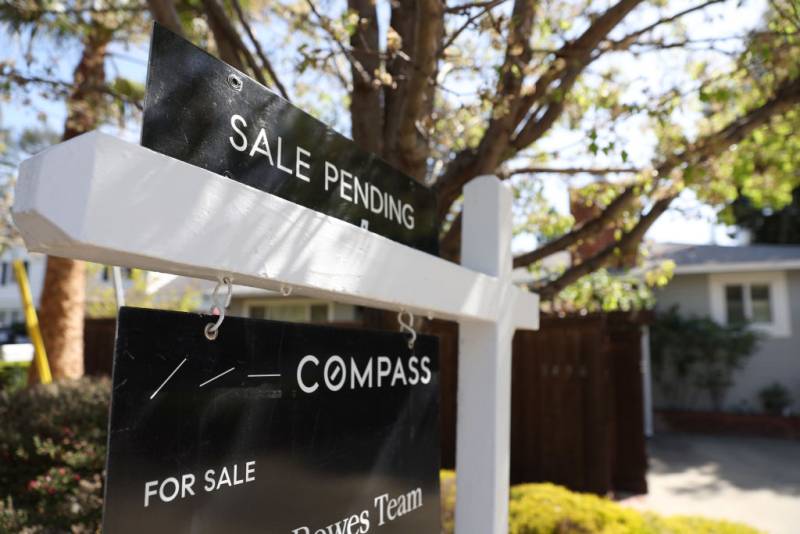California lawmakers marketed their new loan program for first-time home buyers as a “Dream for All.”
But just 11 days after applications opened, the initial pot of money is tapped out, sucked dry by eager house hunters. It turns out the dream was only for a lucky couple thousand borrowers — a disproportionate number of them white, non-Latino and living in the Sacramento area.
The Dream for All program was paused on April 6, less than two weeks after the California Housing Finance Agency said it would make the program available to lenders. About $288 million in initial funding will be provided to 2,564 homebuyers, according to an internal document obtained by CalMatters.
The complicated program involves the state paying some or all of the upfront costs for buying a home — namely, the down payment — in exchange for a share in the home’s value when it is sold, refinanced or transferred. If the home appreciates in value, those gains to the state would then be used to fund the next borrowers.
The program was meant, in part, to help address California’s ethnic and racial wealth gap, with Black and Latino families having fewer net assets than the national average. Participation in the program was limited to households earning less than 150% of median earnings in their county. According to the initial characteristics shown in the agency document obtained by CalMatters, roughly two-thirds of the beneficiaries went to those making less than $125,000. The average loan was a little more than $112,000.
But those figures also show that the program was disproportionately used by white home-buyers. Senate President Pro Tempore Toni G. Atkins, of San Diego, said in a statement Monday that the program was intended to reach those historically shut out of the housing market.
